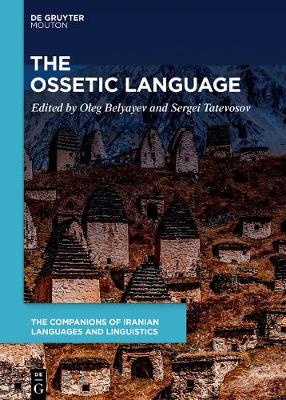The Companions of Iranian Languages and Linguistics [CILL]
1 total work
The Ossetic Language
Published 14 February 2025
Ossetic is the last living descendant of the Scytho-Sarmatian group of Iranian languages. It goes back to the language of the Alans, who, in the first centuries A.D., created a kingdom in the area to the north of the Caucasus which existed until the 13-14th centuries, when it was wiped out by the Mongol and Timurid invasions. The surviving Alans fled to the highlands, where they became known to the outside world under their Georgian-based exonym “Ossetians”.
Since Ossetians have long existed in isolation from the rest of the Iranian world, their language has a unique status among Iranian languages. On the one hand, it has preserved a number of archaic morphological, phonological, and syntactic features, for example, a complex system of oblique moods. On the other hand, due to centuries of close contact of Ossetians with speakers of indigenous languages of the Caucasus, Ossetic has developed some innovative traits, for example, a rich agglutinative case system with several spatial forms. The knowledge of Ossetic is thus indispensable not only for comparative work on Iranian languages, but also for the typology of language contact and for the study of the Caucasian linguistic area. This volume for the first time brings together specialist contributions that present the state-of-the-art of modern scholarship on Ossetic.
Since Ossetians have long existed in isolation from the rest of the Iranian world, their language has a unique status among Iranian languages. On the one hand, it has preserved a number of archaic morphological, phonological, and syntactic features, for example, a complex system of oblique moods. On the other hand, due to centuries of close contact of Ossetians with speakers of indigenous languages of the Caucasus, Ossetic has developed some innovative traits, for example, a rich agglutinative case system with several spatial forms. The knowledge of Ossetic is thus indispensable not only for comparative work on Iranian languages, but also for the typology of language contact and for the study of the Caucasian linguistic area. This volume for the first time brings together specialist contributions that present the state-of-the-art of modern scholarship on Ossetic.
